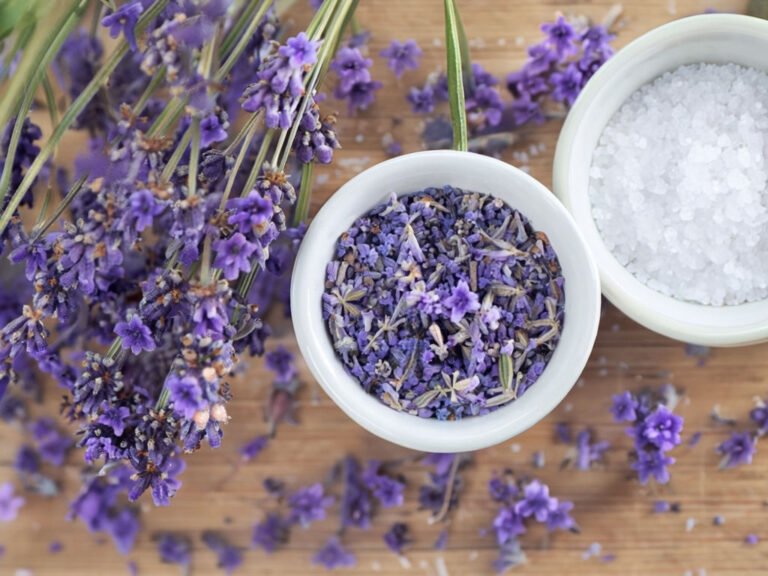
Dopamine Detox
In today’s world, our brains are constantly stimulated by notifications, social media, digital entertainment, and countless other activities designed to release dopamine, the “feel-good” neurotransmitter. While dopamine is essential for motivation and pleasure, overexposure to dopamine-inducing activities can lead to overstimulation, distraction, and even addiction. Dopamine detox is a powerful tool to reclaim focus, improve mental health, and develop a healthier relationship with pleasure.
In this guide, we’ll explore what dopamine detox is, the science behind it, its benefits, and how to conduct an effective detox. Whether you’re experiencing burnout, struggling with focus, or simply seeking balance, a dopamine detox can offer a path to mental clarity and renewed productivity.
What is Dopamine Detox?
Dopamine detox, often called a “dopamine fast,” is the practice of temporarily abstaining from stimulating activities that release large amounts of dopamine. During a detox, individuals minimize exposure to high-stimulation activities such as social media, video games, junk food, and even certain types of social interaction. By reducing these activities, the brain can recalibrate its dopamine receptors, restoring a natural balance and allowing you to appreciate simpler, more fulfilling experiences.
Contrary to popular belief, dopamine detox doesn’t aim to eliminate dopamine, as it’s a critical neurotransmitter. Rather, the goal is to reduce over-reliance on instant gratification and reset the brain’s reward system to foster healthier habits and mindfulness.
The Science Behind Dopamine Detox
Dopamine plays a central role in the brain’s reward pathway, though often it is misunderstood as the “pleasure chemical”. When we engage in enjoyable activities, our brain releases dopamine, creating a sense of pleasure. However, the constant dopamine spikes from today’s instant-gratification culture can lead to dopamine desensitization, where we need higher levels of stimulation to feel pleasure. This can result in decreased motivation, concentration, and overall life satisfaction.
Why Dopamine Desensitization Happens
Excessive exposure to digital devices, processed foods, and instant entertainment floods the brain with dopamine. Over time, this leads to a tolerance, where the brain’s receptors require more intense or frequent stimulation to trigger the same pleasure response. As a result, daily tasks and responsibilities can feel unrewarding, leading to disinterest in simple, meaningful activities.
Dopamine detox offers a reset, giving the brain a break from constant stimulation. With fewer high-dopamine activities, the brain regains sensitivity to dopamine, allowing it to release this neurotransmitter in response to simpler, more meaningful tasks.
Benefits of Dopamine Detox
A well-executed dopamine detox offers multiple benefits for both mental and physical health. Some of the most notable include:
- Enhanced Focus and Productivity
Reduced dopamine stimulation leads to greater focus on tasks that are usually less immediately gratifying, like work, studying, or reading. Dopamine detox can help sharpen concentration and improve productivity.
- Increased Motivation for Daily Tasks
When the brain is no longer dependent on instant dopamine boosts, routine tasks like exercising, reading, and completing work projects feel more fulfilling, fostering a sense of intrinsic motivation.
- Improved Mental Health and Emotional Balance
Dopamine detox helps reduce stress, anxiety, and overstimulation by encouraging a slower-paced, mindful approach to life. This promotes emotional resilience, helping individuals respond to challenges with greater clarity and calmness.
- Better Sleep Quality
Constant exposure to digital devices can lead to overstimulation and disrupted sleep patterns. A dopamine detox involves cutting back on screen time, especially before bed, allowing the body’s natural sleep-wake cycles to normalize.
- Heightened Self-Awareness and Mindfulness
A dopamine detox encourages time spent on introspection, meditation, or simply being present. These activities cultivate self-awareness, allowing individuals to understand their values, desires, and habits more deeply.
How to Conduct a Dopamine Detox
To reap the benefits of dopamine detox, it’s important to plan and structure the detox in a way that aligns with your lifestyle. Below is a step-by-step guide to creating a dopamine detox that maximizes results.
Step 1: Identify High-Dopamine Activities
Begin by making a list of activities that provide instant gratification or high levels of dopamine stimulation. Examples include:
- Social media scrolling
- Streaming movies or TV shows
- Video gaming
- Fast food consumption
- Online shopping or browsing
Understanding your high-dopamine habits will help you identify which activities to limit or avoid during the detox period.
Step 2: Set Clear Boundaries
Determine the length and rules of your detox. Some people prefer a full day without any high-dopamine activities, while others might benefit from shorter, periodic breaks. Options include:
- Full-day detox: Abstain from all high-stimulation activities for 24 hours.
- Half-day detox: Avoid these activities for a 12-hour period, perhaps on weekends.
- Intermittent detoxing: Designate certain hours each day (such as after 7 PM) as detox hours.
Step 3: Replace High-Dopamine Activities with Low-Stimulation Alternatives
During the detox, fill your time with low-dopamine, high-fulfillment activities such as:
- Reading a book
- Practicing mindfulness or meditation
- Journaling or reflective writing
- Engaging in a creative hobby like drawing, painting, or crafting
- Taking a nature walk
These activities provide relaxation and fulfillment without causing dopamine spikes, allowing the brain to adapt to a slower, more mindful rhythm.
Step 4: Reflect and Journal Your Experience
Journaling helps track progress, providing insights into your patterns and responses to detoxing. Consider noting any changes in mood, energy, or productivity and reflecting on how the detox has impacted your focus and well-being.
Challenges and Tips for a Successful Dopamine Detox
While dopamine detox can be transformative, it’s not without its challenges. Here are some common obstacles and practical tips for overcoming them:
- Dealing with Boredom
Boredom is natural during a detox, as your brain adjusts to the absence of high-stimulation activities. Combat boredom by creating a list of rewarding, low-dopamine activities that you can refer to when you feel restless.
- Managing Withdrawal Symptoms
Initially, you may experience withdrawal symptoms such as irritability, restlessness, or anxiety. To ease this transition, focus on deep breathing exercises, meditation, and short physical breaks to manage cravings for stimulation.
- Setting Realistic Goals
It’s essential to be realistic. Start with a short detox and gradually increase its duration. Rigid goals can lead to frustration, so give yourself grace as you adjust to this new routine.
- Avoiding Digital Temptations
Consider placing your phone in a separate room or using apps to limit screen time. If possible, inform close friends or family of your detox plan to avoid unnecessary social distractions.
Maintaining a Healthy Relationship with Dopamine Post-Detox
A successful dopamine detox doesn’t end once you resume your daily activities. Use the momentum from the detox to create a sustainable routine that minimizes high-dopamine activities. Practice these habits to maintain the benefits:
- Set screen-free times daily, especially before bed.
- Limit social media usage and focus on meaningful, real-life interactions.
- Incorporate mindfulness practices, like meditation or journaling, to remain grounded and avoid overstimulation.
- Prioritize low-dopamine hobbies that bring satisfaction without excessive stimulation.
By continuing to monitor your relationship with dopamine-releasing activities, you can preserve the focus, motivation, and mental clarity gained from your detox, creating a balanced, fulfilling lifestyle.
Dopamine detox is more than a temporary reset; it’s a long-term approach to managing the modern challenges of overstimulation. By reducing dependency on instant gratification, you can foster a sense of inner peace, build resilience, and create space for personal growth.






